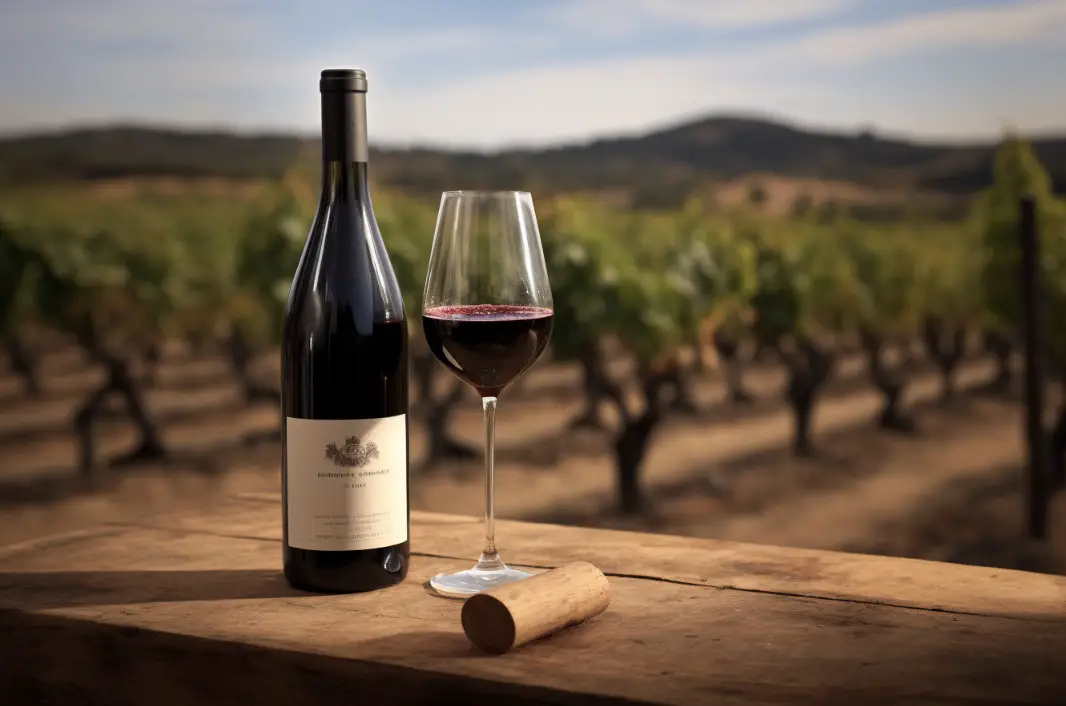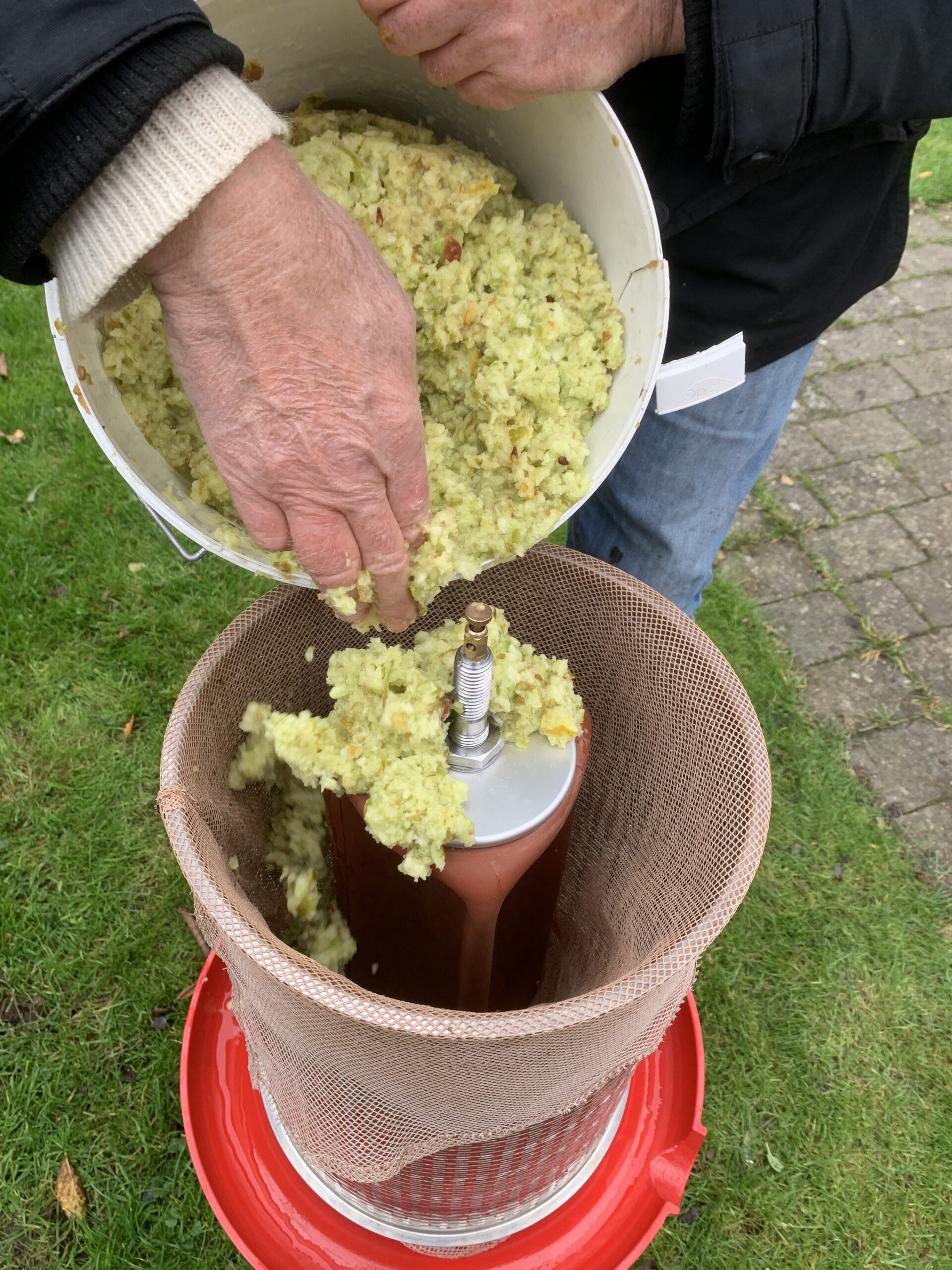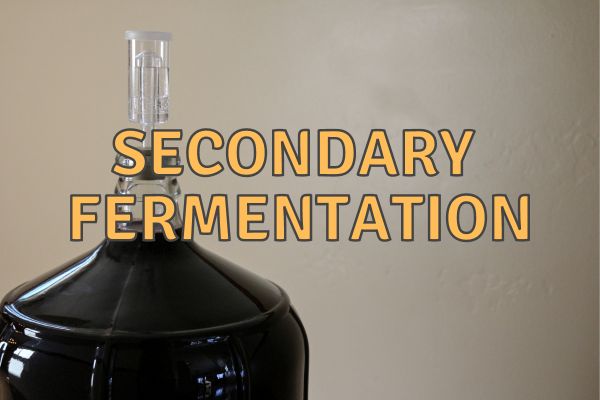Bordeaux is a classic wine region in France, producing some of the most famous and sought-after wines in the world. However, these prized bottles can come with a hefty price tag.
If you’re looking to explore new wines that have similar characteristics to Bordeaux, but at a more approachable price point, you’ve come to the right place.
In this blog post, we will explore five alternative wines that share characteristics with Bordeaux, including:
1. Meritage (United States)
2. Super Tuscans (Italy)
3. Rioja (Spain)
4. Coonawarra Cabernet Sauvignon (Australia)
5. Mendoza Malbec (Argentina)
So, let’s dive in and discover these fantastic alternatives to Bordeaux!
1. Meritage (United States)
What is Meritage?
Meritage is a term used to describe Bordeaux-style red and white wines made in the United States. These wines must be made from a blend of at least two of the traditional Bordeaux grape varieties, including Cabernet Sauvignon, Merlot, Cabernet Franc, Petit Verdot, and Malbec for reds, and Sauvignon Blanc, Sémillon, and Muscadelle for whites.
Tasting Notes
Meritage wines can offer a similar taste profile to Bordeaux, with rich, full-bodied reds that display notes of blackcurrant, plum, and earthiness, supported by firm tannins and a long finish.
White Meritage wines showcase flavors of citrus, tropical fruit, and grassiness, with bright acidity and a touch of oak. These wines are often more fruit-forward than their French counterparts, reflecting the warmer climate of the United States.
2. Super Tuscans (Italy)
What are Super Tuscans?
Super Tuscans are a category of high-quality Italian red wines that emerged in the 1970s when winemakers in Tuscany began experimenting with grape varieties and winemaking techniques outside of the traditional Chianti regulations.

Many of these wines are made from a blend of indigenous Sangiovese and international varieties like Cabernet Sauvignon, Merlot, and Syrah.
Tasting Notes
Super Tuscans often share similarities with Bordeaux in terms of structure and complexity. These wines can display a range of flavors, from red and black fruit to spice, leather, and tobacco, with firm tannins and a lengthy finish. The addition of Sangiovese brings a uniquely Italian touch, adding bright acidity and a distinct cherry note.
3. Rioja (Spain)
What is Rioja?
Rioja is a renowned wine region in northern Spain, producing high-quality red wines primarily from the Tempranillo grape. Some Rioja wines are blended with other local varieties like Garnacha, Graciano, and Mazuelo, and many are aged in oak barrels, giving them a distinct character that can be reminiscent of Bordeaux.
Tasting Notes
Rioja wines often exhibit flavors of red fruit, vanilla, and spice, with a medium to full-bodied palate and smooth tannins. The oak aging process can impart additional notes of cedar, tobacco, and leather, adding complexity and depth to the wine. A well-aged Rioja can be a great alternative to a Bordeaux, with a similar level of elegance and refinement.
4. Coonawarra Cabernet Sauvignon (Australia)
What is Coonawarra Cabernet Sauvignon?
Coonawarra is a small wine region in South Australia, famous for its exceptional Cabernet Sauvignon wines. The region’s unique terra rossa soil and cool climate contribute to the distinct character of these wines, which can share similarities with Bordeaux, particularly those from the Left Bank.
Tasting Notes
Coonawarra Cabernet Sauvignon wines are known for their concentrated flavors of blackcurrant, mint, and eucalyptus, with a firm structure and fine-grained tannins. These wines can also show notes of cedar and tobacco, resulting from oak aging. While Coonawarra Cabernets can be more fruit-forward than Bordeaux, they still offer a level of elegance and complexity that make them a worthwhile alternative.
5. Mendoza Malbec (Argentina)
What is Mendoza Malbec?
Mendoza is the heart of Argentina’s wine industry, and it’s here that Malbec, a grape variety native to Bordeaux, has found a new home. Mendoza’s high-altitude vineyards and intense sunlight produce Malbec wines with a bold, expressive character that can be reminiscent of some Bordeaux blends.
Tasting Notes
Mendoza Malbec wines are known for their deep, inky color and powerful flavors of blackberry, plum, and black cherry, along with notes of chocolate, spice, and violets. These wines can have a full-bodied palate, with firm tannins and a lengthy finish, similar to some Bordeaux wines. However, Mendoza Malbecs often showcase a more fruit-driven profile and a touch of New World flair.
# Conclusion and Personal Recommendation
In conclusion, while Bordeaux wines are undeniably iconic, there are plenty of alternatives out there that can provide a similar experience at a more approachable price point. From the bold Super Tuscans of Italy to the elegant Riojas of Spain, each of these five alternatives offers a unique take on the classic Bordeaux style.
My personal recommendation would be to try a well-aged Rioja, as I find the combination of red fruit, oak, and smooth tannins to be a fantastic substitute for Bordeaux. However, I encourage you to explore each of these alternatives and find the one that best suits your taste. Happy wine tasting!
FAQs
Are Bordeaux and pinot noir the same?
No, Bordeaux and Pinot Noir are not the same. Bordeaux is a wine region in France known for producing red blends that typically include Cabernet Sauvignon, Merlot, Cabernet Franc, Petit Verdot, and Malbec. Pinot Noir, on the other hand, is a red grape variety known for producing lighter-bodied and more delicate red wines. While both are popular in the wine world, they have distinct characteristics and origins.
Is Bordeaux wine like Cabernet Sauvignon?
No, Bordeaux wine is not the same as Cabernet Sauvignon. Bordeaux is a wine region in France known for producing a wide range of red and white wines, whereas Cabernet Sauvignon is a specific grape variety commonly used in Bordeaux blends. Bordeaux wines often include a blend of grape varieties, including Cabernet Sauvignon, Merlot, Cabernet Franc, and others. While Cabernet Sauvignon is a prominent grape in Bordeaux blends, it can also be found as a varietal wine in other regions around the world.
Is Bordeaux wine the same as Cabernet Sauvignon?
No, Bordeaux wine is not the same as Cabernet Sauvignon. Bordeaux is a wine region in France that produces a variety of red wines, including those made from Cabernet Sauvignon grapes.
However, Bordeaux wines often blend Cabernet Sauvignon with other grape varieties such as Merlot, Cabernet Franc, Malbec, and Petit Verdot, resulting in complex and balanced wines.
Cabernet Sauvignon is a grape variety that is widely grown around the world and used to produce varietal wines known for their bold and robust characteristics.
What red wine is closest to Bordeaux?
A red wine that is closest to Bordeaux in terms of style and characteristics would be a blend from the region of Bordeaux itself. These blends typically consist of Cabernet Sauvignon, Merlot, and Cabernet Franc grapes, resulting in a balanced and structured wine with notes of black fruits, cedar, and tobacco.
What grape is similar to Bordeaux?
Cabernet Sauvignon is a grape that is similar to Bordeaux. It is a widely grown variety that shares many characteristics with the grapes used in Bordeaux blends, such as Cabernet Franc and Merlot. Cabernet Sauvignon is known for its rich flavors, firm tannins, and aging potential, making it a popular choice for producing Bordeaux-style wines around the world.
What is a substitute for Bordeaux red wine?
A substitute for Bordeaux red wine could be a red wine blend from another region, such as a Cabernet Sauvignon or Merlot blend from California, Chile, or Australia. These regions produce wines with similar grape varieties and flavor profiles, offering a comparable alternative to Bordeaux reds.




